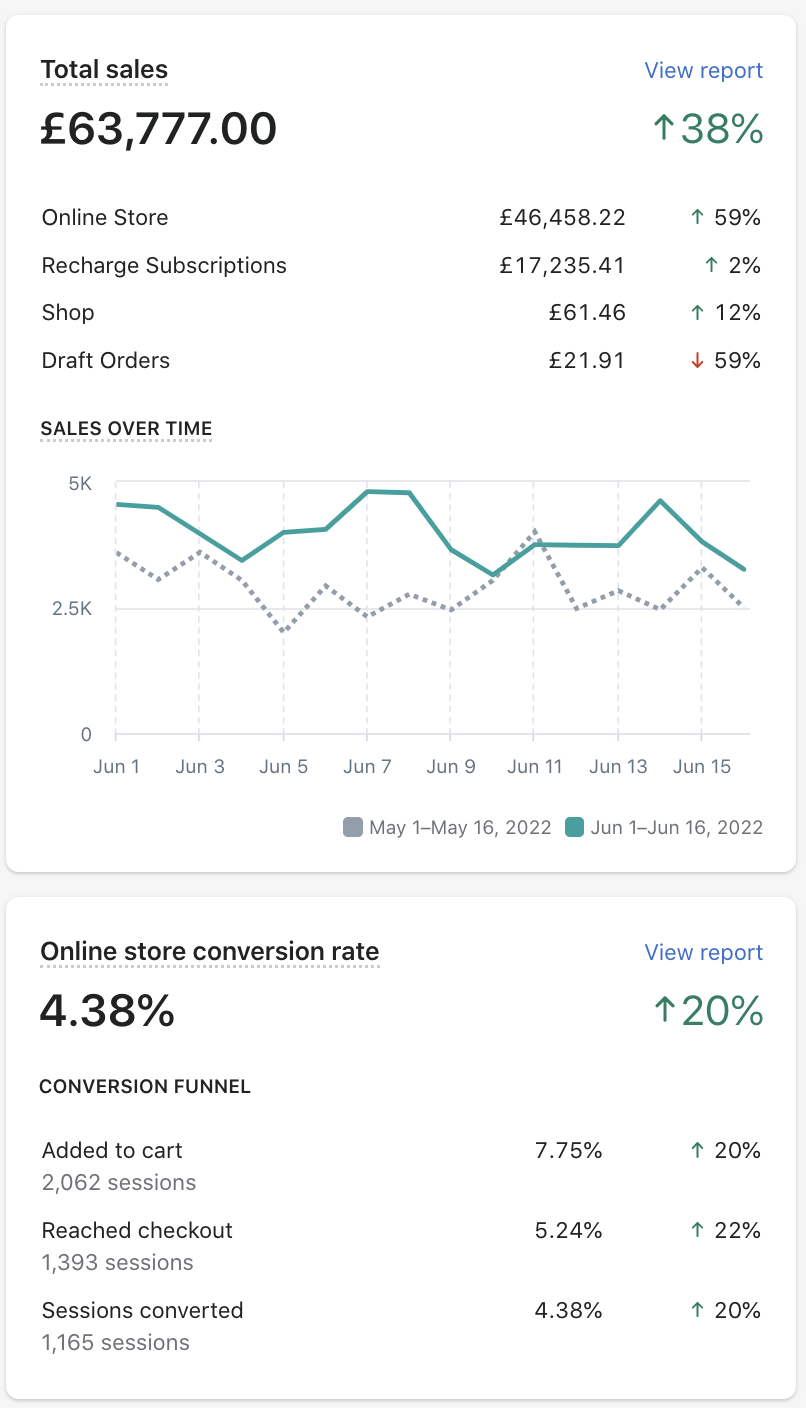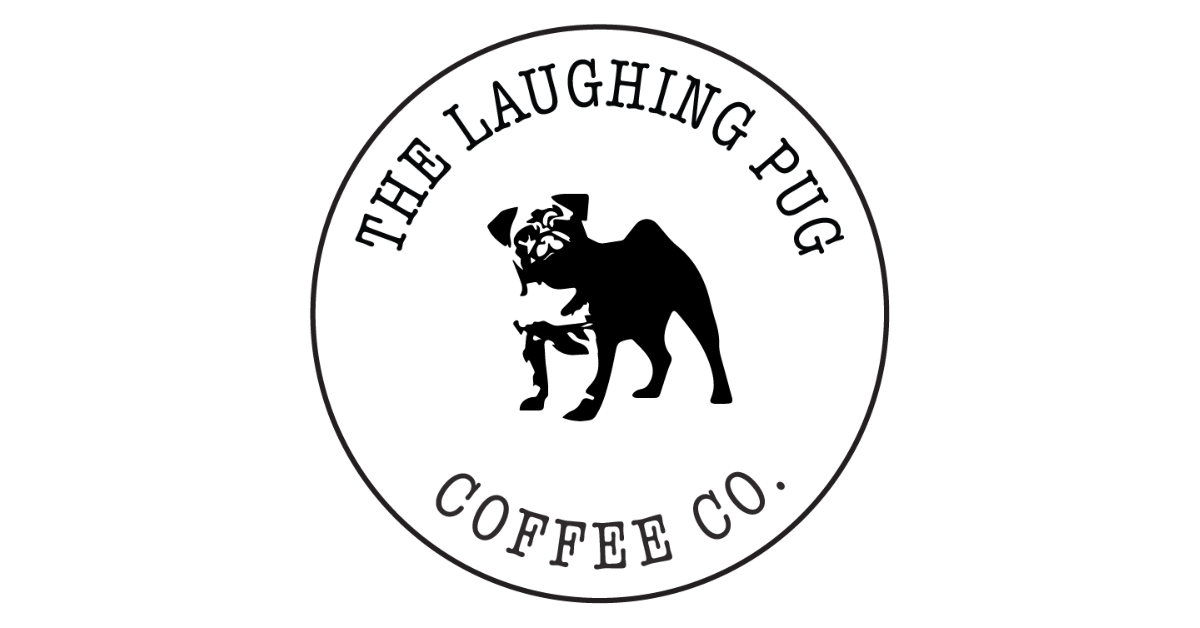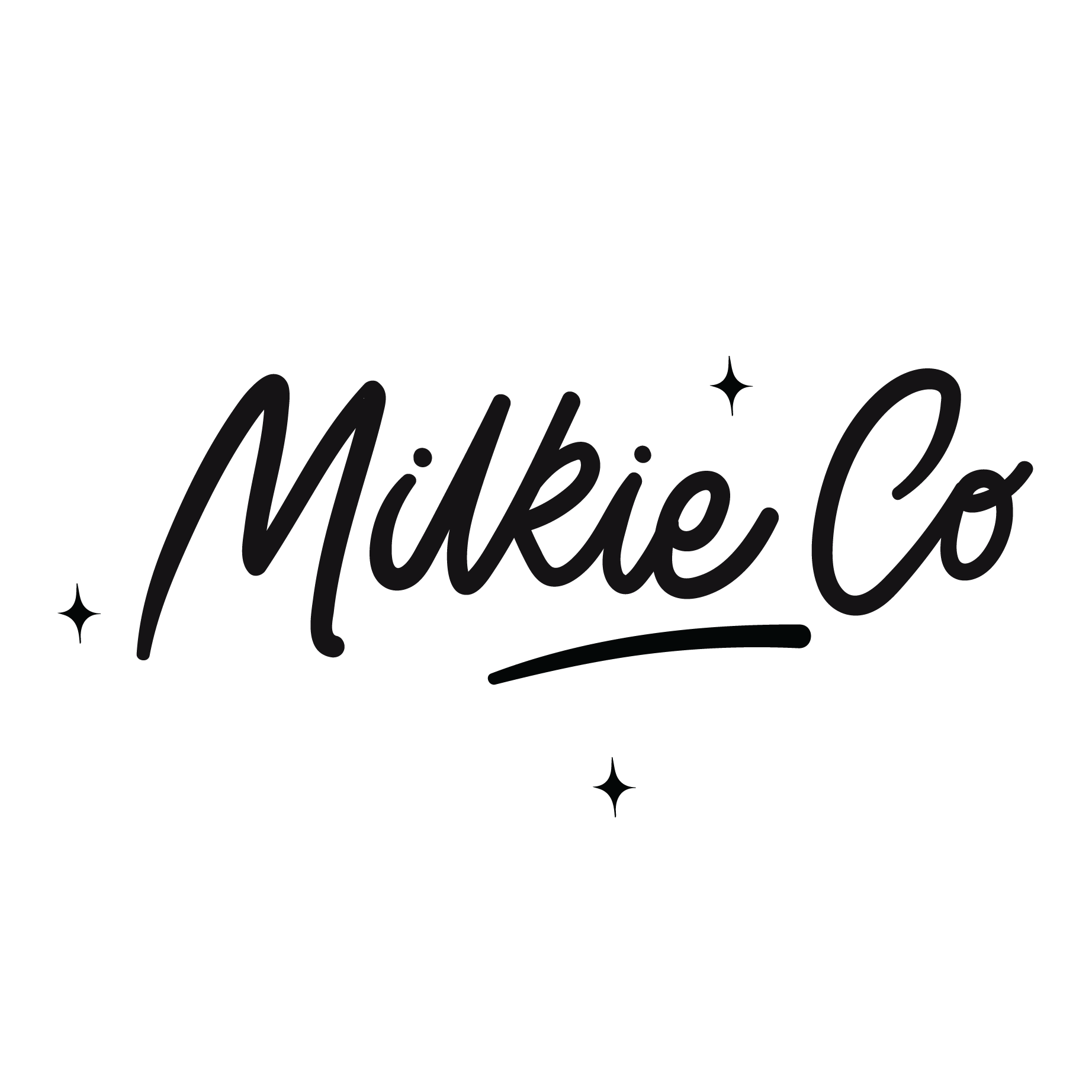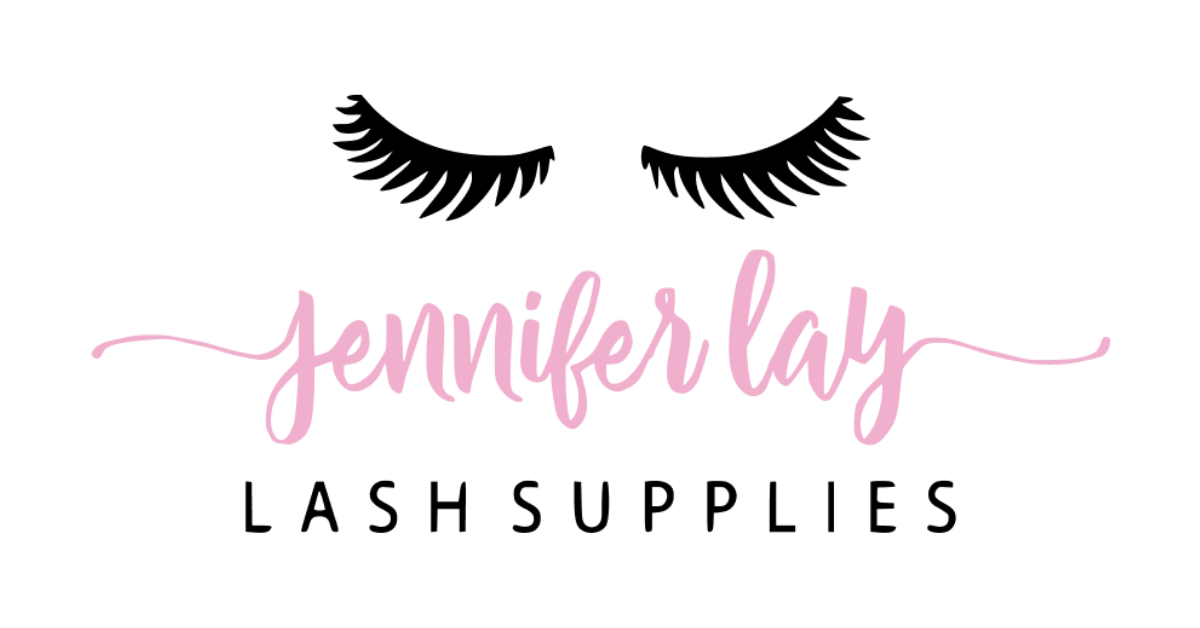Hello everyone, 👀
Back at it with a new “article’. I don’t know about you, but I feel blindfolded sometimes doing Facebook Ads. I look at the dashboard saying “oh damn, no sales at all, I am doing something wrong…” but then I open the Google Analytics and I might see some conversions…
…still not good enough, BUT THEN, when I look inside the Shopify Store, that’s like a different world, I see SALES, more than Facebook tells me I got, more than Google tells me I got. Hm, okay…
How do I optimize my ads if I don’t even know what converted? 😅
You might be in the same place, where things may not make sense at all, where your ads show 0 sales but you got some, or vice versa, your dashboard looking like you’re RICH RICH but instead, you’re still POOR POOR.
OMG, so annoying…
That’s exactly my point.
But today I’d like to show you something I’ve been working on, it might help you see through this non-sense that once we used to call “data”.
To give you the basics: We were in the EXACT SAME SPOT with one of our clients.
😑 Couldn’t figure out the sales, even though Facebook was our main channel
😑 When going Omni-channel (adding channels like Google & Tik Tok) we noticed the same weird attribution sales
😑 We had a hard time scaling the ads because we didn’t know which ones are showing the (almost) accurate numbers
😑 When doing the “math” at the end of the month, we realized that nothing makes sense.. over or under attribution was everywhere, from the ad dashboards to google analytics. Oh yeah, not even UTMs were helping so much at this point.
So there we were folks, wondering how can we get better at our job? – as we wanted to double down the client’s number that was already doing 100k / month.
You may wonder why is this important?
Well, imagine running ads with a higher budget, 1-2k a day, where the avg. CPA is around $12-15 and EVERY. SALE. MATTERS… in order to keep scaling.
So I took a moment to think about what are the viable solutions here, and I’ll just mention them all, just in case someone is not using this at its fullest. It is worth a try for your business. This is mainly for Facebook Ads, that’s where stuff gets weird nowadays. Oh, Zucki.
✅ Start using UTMs in your Facebook ads. After that, you can track your results inside Google Analytics (Acquisition tab)
✅ Make sure your domain is verified, you have the CORRECT order for your events set up (The highest priority event being the first one), and have the API conversion in place. If you’re using Shopify… just use the Facebook Channel. It’s an easy 1-2 step process. If you’re using any other platform, you might rely on a third-party app unless you are technical personnel and know-how to set that up yourself.
✅ You can download your sales within the dashboard and upload them as Offline Purchases. This might give you some sort of overview, but you might see some weird numbers in some cases, this solution is more viable when doing lead generation or whenever you are relying on a single platform like Facebook Ads.
✅ Use a third-party app for your attribution sales. There are plenty of them, I will just list them here so you can do your own research (ROAS.org, HYROS, Triple Whale, RedTrack).
So for us, we were already doing the first 3 things, and we didn’t get the results needed.
And we considered a third-party tool. I’ll tell you this: It’s worth spending a few extra bucks if you can make a couple of thousands with reliable data. Informed decisions are always better in the ad buying space.
So I will keep the mystery about the tool we used for this client but I can tell you I tried them all, they’re all great, depending on the needs your business has.
So I pulled the data and below (image attached) are the differences:
FB REVENUE = What we see in the Facebook Ads Dashboard
REVENUE = The real one
FB ROAS = What we see in the Facebook Ads Dashboard
ROAS = The real one

You might think I’m full of crap, or facebook’s full of crap, or maybe this tool is useless, but during our testing phase, we discussed with the client and looked at the data, seeing over 90% accuracy and I said to myself…
THIS IS UNBELIEVABLE.
So I was so excited but worried at the same time about what I’m seeing here, I started using this on other accounts, seeing different results, 90%+ accuracy.
But back to our example here, what we did next is scaling:
We took the data directly from our third-party app to make good, informed decisions about the:
- Structure that works best
- Audiences that are scalable enough to sustain more budget increase
- Creatives that are worth moving forward with
- Operations: Does the business have a good system in place for the order placement to the return of the product? Does it have a team handling all sides? Do we provide enough support for our clients? Do we ask questions so we can improve our product quality?
- Inventory: Can the business sustain the growth? What’s the production & shipping timeframe?
- Cash flow: Is the business able to sustain the day-to-day ad costs without running out of cash?
- Attention to AOV: Can we create appealing bundles that could sell better than an individual product? Can our business sustain a subscription-based model?
These are just a few of the questions we answered before scaling the business. Both the agency and the client need to be on the same page, otherwise scaling won’t be an easy task.
So YES, we did look at this information before scaling on Facebook ads, in order to get a 40% increase in revenue and a 20% increase in conversion rate.
But the main point of this “article’ is that platforms like Facebook Ads are no longer as reliable as they used to be so you might want to look at the other options in order to find out the REAL data.
Now you may wonder, what if I just started and a third-party app is too expensive for my business?
In this case, make sure you follow those 3 steps I mentioned and you track your data more often so you can have at least some level of understanding in terms of what works best for your business.

A Few More Clients’ Testimonials
What Our Clients Say’s




